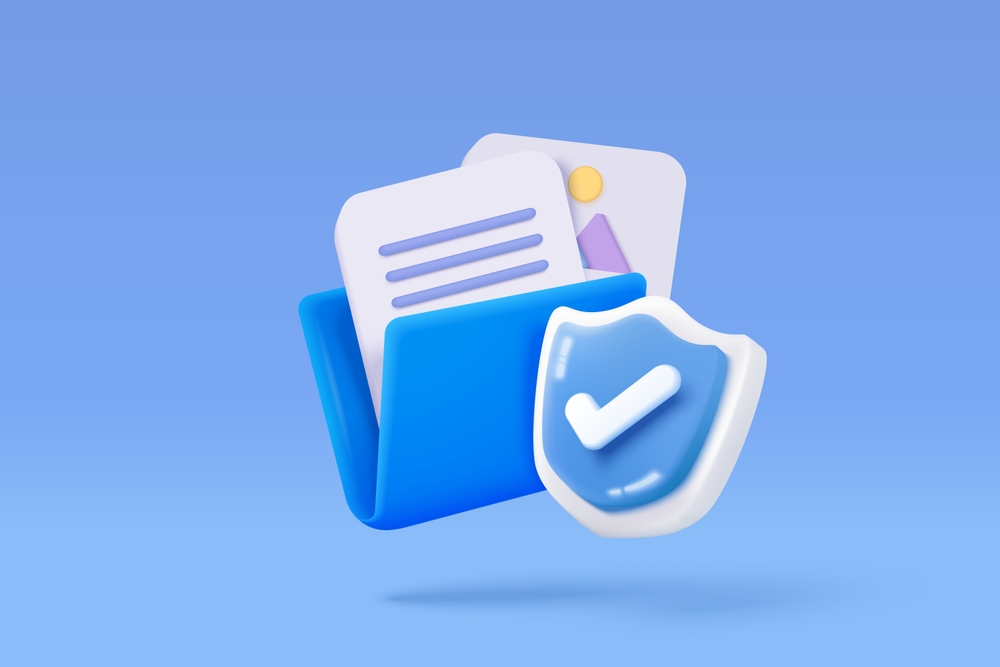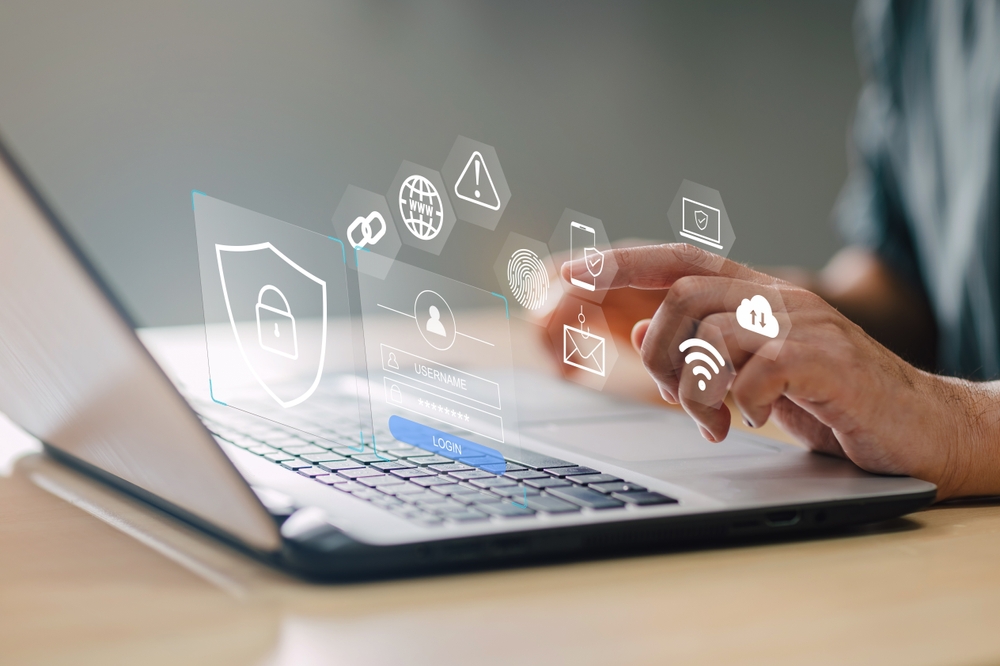Best Practices for Securing Sensitive Information
Introduction
Securing Sensitive Information: In the digital age, securing sensitive information is more critical than ever. From personal data to financial records, the stakes are high, and the consequences of a breach can be devastating. Businesses must adopt stringent security measures to protect their data from unauthorized access, theft, and misuse. This article outlines the best practices for securing sensitive information, helping you safeguard your most valuable assets.
Understanding Sensitive Information
Sensitive information includes any data that, if compromised, could lead to identity theft, financial loss, or other serious consequences. This encompasses personal identifiable information (PII), financial data, health records, intellectual property, and more. Understanding what constitutes sensitive information is the first step in developing an effective security strategy.
1. Encrypt Data at Rest and in Transit
Encryption is one of the most effective methods for securing sensitive information. By converting data into a coded format, encryption ensures that even if the data is intercepted, it cannot be read without the appropriate decryption key.
Best Practices for Encryption:
- Encrypt Data at Rest: Ensure that sensitive data stored on devices, servers, or in the cloud is encrypted.
- Encrypt Data in Transit: Use secure protocols like SSL/TLS to encrypt data as it is transmitted over the internet.
- Key Management: Implement robust key management practices to protect encryption keys from unauthorized access.
2. Implement Strong Access Controls
Access controls are critical for preventing unauthorized users from accessing sensitive information. By implementing strong access controls, you can ensure that only authorized personnel can view or modify sensitive data.
Best Practices for Access Controls:
- Role-Based Access Control (RBAC): Assign access rights based on roles within the organization, ensuring that employees only have access to the information they need to perform their duties.
- Multi-Factor Authentication (MFA): Require multiple forms of verification before granting access to sensitive information.
- Regular Audits: Conduct regular audits of access controls to identify and address potential vulnerabilities.
3. Regularly Update and Patch Systems
Software vulnerabilities are a common entry point for cyberattacks. Regularly updating and patching your systems is essential for protecting sensitive information from these threats.
Best Practices for System Updates:
- Automatic Updates: Enable automatic updates for all software and systems to ensure that you are always protected against the latest threats.
- Patch Management: Implement a patch management process to prioritize and apply patches to critical systems as quickly as possible.
- Test Patches: Test patches in a controlled environment before applying them to live systems to avoid potential disruptions.
4. Educate Employees on Security Best Practices
Human error is one of the leading causes of data breaches. Educating employees on security best practices is crucial for reducing the risk of accidental data exposure.
Best Practices for Employee Education:
- Security Training: Provide regular security training sessions to educate employees on the importance of data security and how to recognize potential threats.
- Phishing Awareness: Teach employees how to identify phishing emails and other social engineering attacks.
- Password Hygiene: Encourage the use of strong, unique passwords and discourage the reuse of passwords across multiple accounts.
5. Implement Data Loss Prevention (DLP) Tools
Data Loss Prevention (DLP) tools help prevent sensitive information from being accidentally or intentionally leaked outside the organization. These tools can monitor and control data transfers, ensuring that sensitive information remains secure.

Best Practices for DLP:
- Content Inspection: Use DLP tools to inspect the content of emails, messages, and file transfers for sensitive information.
- Data Classification: Implement data classification policies to identify and tag sensitive information, making it easier to monitor and protect.
- Policy Enforcement: Use DLP tools to enforce security policies and prevent unauthorized sharing or transmission of sensitive data.
6. Secure Physical Access to Sensitive Data
While much focus is placed on digital security, physical security is equally important. Ensuring that sensitive information is physically protected is essential for comprehensive data security.
Best Practices for Physical Security:
- Restricted Access: Limit physical access to areas where sensitive information is stored, such as server rooms and offices, to authorized personnel only.
- Security Cameras: Install security cameras in areas where sensitive data is stored to monitor and deter unauthorized access.
- Secure Disposal: Ensure that sensitive data is securely disposed of, whether it’s on paper or electronic media, using shredding or data wiping tools.
Conclusion
Securing Sensitive Information: Securing sensitive information requires a multi-faceted approach that includes encryption, access controls, regular updates, employee education, DLP tools, and physical security measures. By implementing these best practices, businesses can significantly reduce the risk of data breaches and protect their most valuable assets from unauthorized access and misuse. In a world where data breaches are increasingly common, taking proactive steps to secure sensitive information is not just a best practice—it’s a necessity.
For more information on IT services and Securing Sensitive Information solutions, visit NABCO IT Services.
Securing Sensitive Information; For professional assistance with data security, contact us to ensure your organization is protected with the latest security measures.
Read more related articles to enhance your knowledge
What is Data Security? The Ultimate Guide
Why Data Security Matters: Protecting Your Information in a Digital World



